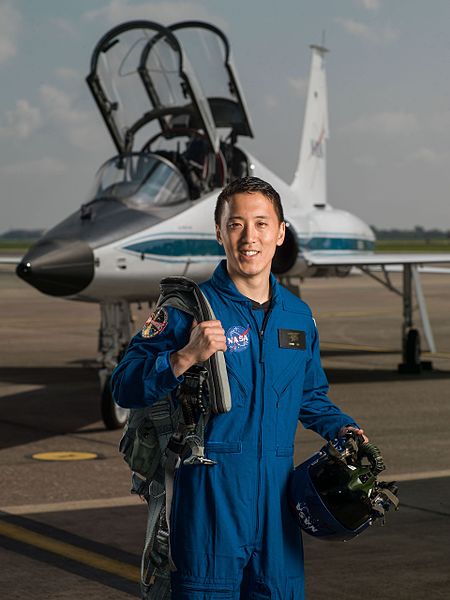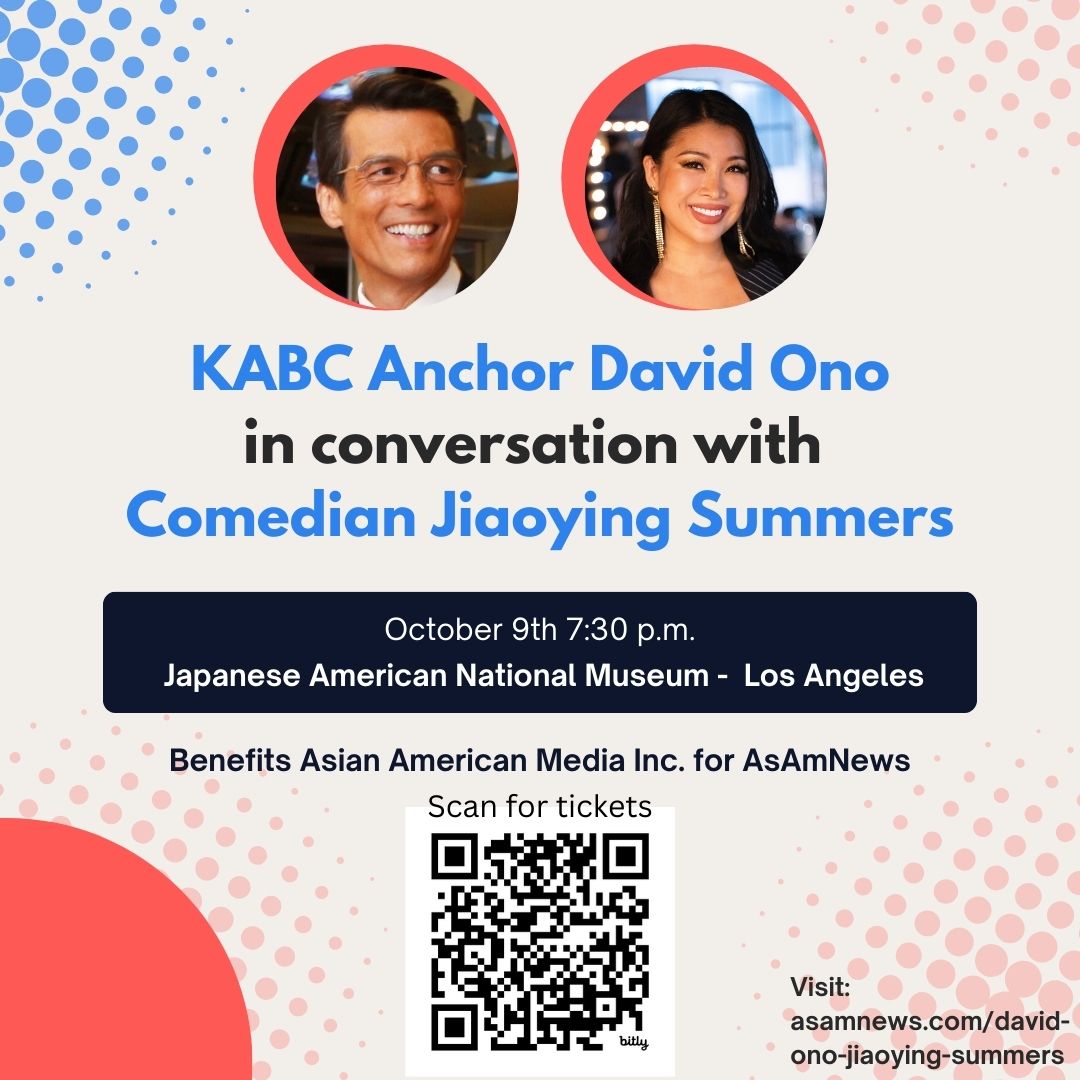By Randall Yip, AsAmNews Executive Editor
When Jennifer Takaki first moved to New York City in 2002, she couldn’t help but notice this “quirky” Chinese American man with a camera in hand, palms wrapped around his lens and his eyes with silver-colored glasses zoomed in on his photo subjects.
It was a scene repeated at every community event the film director attended.
“So I immediately knew that he was someone special and someone interesting, and I wanted to provide a platform for a larger audience,” she said to AsAmNews. She decided immediately she would produce a five-minute vignette on the man introduced to her as Corky Lee. The short would eventually turn into a 19-year passion project and the new full-length documentary Photographic Justice, The Corky Lee Story which is streaming via DOC NYC through November 27.
When Linda Hattendorf released her film The Cats of Mirkikitami, the story of a Japanese American homeless man in New York who lost half his family in the bombing of Hiroshima while the other half lived behind barbed wire in U.S. incarceration camps, there was Lee standing in the corner snapping his photos.
LATEST STORIES
A few weeks later, pictures of the event would show up in her mailbox from a man she really didn’t know.
“I think that was my first impression of Corky was here’s an incredibly generous and dedicated person who not only showed up at the event, without my asking, but then free of charge sent me photographs afterward,” said Hattendorf to AsAmNews. “It was that kind of dedication to covering what he felt was important. That really impressed me.”
That was Corky, who documented events important to the Chinese American community, but also the Japanese Americans, Korean Americans, Indian Americans, Pakistani Americans, Sri Lankan Americans, Hmong Americans, Thai Americans, Cambodian Americans, Burmese Americans, Filipino Americans, Malaysian Americans, Hawaiians and other Asian-Pacific Americans, the New York Times wrote in 2002.

Takaki asked Hattendorf to join her project as editor and she didn’t hesitate.
The two knew very little about Corky’s personal life. He’s a largely private person, even to those who’ve known him for decades.
Linda Lew Woo first met Lee in 1968 when she worked as editor of a bilingual newspaper in New York Chinatown. She says very few people knew much about Lee’s wife, Marge Dea, until her six-month battle with breast cancer in 2001.
“I think (their relationship) became more public when she was diagnosed,” said Woo. “And then he did take time off to help her. So that part of it, we didn’t see him for a while.”
Woo would sign on to the film as a producer.
Corky shared in the film that he grieved Marge’s passing in the darkroom and kept himself busy to keep his mind off her tragic death.
Very little is known about Karen Zhou, Corky’s longtime partner. The two had a largely quiet relationship, although they were seen together at community events.
The film introduces Zhou and the depth of her feelings for Corky definitely comes out in this film.
We also see Corky’s relationship with his mother, Jung Shee Lee, a seamstress, and his two late brothers, during an intimate family moment in his mom’s apartment. We also hear from John Lee, Corky’s last surviving brother who has made it his mission to carry on his brother’s legacy through the publication of a new soon-to-be-released book from Penguin.

“No one knew about his life,” Takaki said. “That’s why I spent so many hours with him interviewing him is that no one knew anything. He immediately showed who he was and his interest in history. He showed how quirky and caring and passionate he is about his community. He was doing it kind of on his own, he was on his own mission.”
Takaki recalls Lee suddenly turning ill with COVID just as her film was about to go into post-production. She had hoped to wrap up the film and show Lee a cut of it. That didn’t happen.
Lee’s illness took a turn for the worse. Takaki now had an ending no one anticipated.
“I think it was very traumatizing. The whole the whole build-up to his death,” recalls Takaki. “Yeah, it was a really difficult time. I think that no one expected him to die. It took some time, but we knew the bigger picture was to continue. If Linda (Lew Woo) and Linda (Hattendorf) weren’t there to lean on and to guide me, I think I would have been more lost. I definitely leaned on them.”
The audience at DOC NYC voted Photographic Justice: The Corky Lee Story one of their five favorite films at the festival. You can get the latest news about upcoming showings here.
AsAmNews is published by the non-profit, Asian American Media Inc. Make a tax-deductible donation of at least $40 or pledge a monthly recurring donation of at least $10 by August 31 and receive a free copy of The Legend of Mu Lan: Heroine of Ancient China, the inspiration for the classic Disney movie. We are supported in part by funding provided by the State of California, administered by the California State Library in partnership with the California Department of Social Services and the California Commission on Asian and Pacific Islander American Affairs as part of the Stop the Hate program. To report a hate incident or hate crime and get support, go to CA vs Hate.










Looking forward! More films at DOC NYC here – of Asian American interest. I forgot to mention Bengali Harlem as well!
Asian American films at PBS and DOC NYC, November 2022 https://eastwindezine.com/asianamfilms-at-pbs-and-doc-nyc-november-2022/